Wife of Union Admiral David Dixon Porter
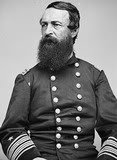 In February 1829, while visiting Commodore Daniel Patterson’s home in Washington, Porter met the commodore’s daughter, George Ann ‘Georgy’ Patterson; but it would be another ten years before Porter would be able to marry her. The low pay of a midshipman was not enough to convince her father to release her into his care.
In February 1829, while visiting Commodore Daniel Patterson’s home in Washington, Porter met the commodore’s daughter, George Ann ‘Georgy’ Patterson; but it would be another ten years before Porter would be able to marry her. The low pay of a midshipman was not enough to convince her father to release her into his care.
Image: David Dixon Porter
George Ann ‘Georgy’ Patterson was born in 1819 in New Orleans, Louisiana, daughter of Commodore Daniel Todd George Ann Pollock Patterson. David Dixon Porter was born at Chester, Pennsylvania, June 8, 1813, the son of Commodore David and Evelina Anderson Porter. His father was a naval hero of the War of 1812. He was brother of William D. Porter, foster brother of David Glasgow Farragut; cousin of Fitz John Porter; and brother-in-law of Confederate general Thomas Harris.
Porter spent his youth as a Navy yard rat; his head filled with stories about Barbary pirates and tall tales of sea battles. At age ten, his ‘naval training’ began onboard the frigate John Adams when Commodore Porter ordered his officers to treat young Porter with the same discipline as midshipmen. He sailed to the West Indies with his father at the age of ten. At 12, he accompanied his father and younger brother Thomas to Veracruz and on to the warship Guerrero.
He spent his teen years on his father’s ships; the Libertad, Esmeralda, and back on the Guerrero. At age thirteen, he joined the Mexican Navy as a midshipman. David also spent time on the USS Sea Gull, the first commissioned steamer in the Navy, where he continued his habit of pestering crew members with endless questions. By the age of 16, Porter had experienced more at sea than most would in their entire lives.
David Dixon Porter received his appointment as midshipman in the U.S. Navy, signed by President Andrew Jackson in February 1829. The same year, he met Georgy Patterson, but her father was not convinced that he could support her. Even with Porter’s peace-time promotion in 1835, he still lacked the salary to afford a household. With the prospects for higher pay seemingly out of his reach, Porter abandoned hope and offered to terminate the engagement with Georgy. Adamant about waiting as long as it took, Georgy refused.
A single event occurred in 1836 that would allow Porter to get the girl and prepare him in a unique way for the warfare he would face on the Mississippi later during the Civil War. A chance assignment with the Navy Department’s Coast Survey supplemented his pay by $30.00 a month; his expert grasp of surveying would result in a great talent for charting channels and navigating heavy ships through difficult shoals. The additional pay Porter steadfastly saved until, in 1839, he’d saved up enough money to remove the financial obstacle to marrying Commodore Patterson’s daughter.
David Dixon Porter married Georgy Patterson, March 10, 1839, in Washington, DC, and they had ten children.
The 1840s proved a strange and trying time for Porter. Georgy became ill and Porter’s brother, William, who had developed a habit of getting in trouble, got into it with the Navy when a shell he had invented exploded at the Washington Navy Yard; several people were killed. William also caused difficulties for the rest of the family in working out the estate of Commodore Porter, who had died in Constantinople. Porter even grew weary of the Navy; slow promotions and boredom caused him to entertain the idea of resigning.
Porter in the Civil War
At the beginning of the war, Porter’s loyalty was questioned, given his close association with southerners like Jefferson Davis. Porter himself said he was headed to California to captain a mail boat and wait out the war. Instead, he joined the Navy’s Gulf Squadron in command of the USS Powhatan, as the Union’s naval forces blockaded Southern port cities. The conflict saw Porter rapidly rise from the rank of Lieutenant to Rear Admiral. He was promoted to commander in April 1861 and to captain in February 1863.
In March 1862, Porter with his 21 mortar boats and several steamers, and Union Flag Officer David Farragut with his blue water ships, collaborated in an attack on Forts Jackson and St. Philip guarding the Mississippi River approach to New Orleans, 70 miles below the city. The Confederates had dug deep into the bunkers and parapets of the forts that peppered the coastline of the river. The effectiveness of the gunboat assault paved the way for Farragut’s bigger warships to pound the city of New Orleans and force the city’s ultimate surrender.
After the capture of New Orleans, Porter went up the river with his fleet, and was engaged in the unsuccessful siege of Vicksburg, Mississippi, in July 1862. During the second siege of that place in the summer of 1863, he bombarded the works and materially assisted General Ulysses S. Grant, who commanded the besieging army. Porter did not leave Mississippi until his successful support of General Grant’s Siege of Vicksburg. That city was surrendered on July 4, 1863 – the same day Porter was promoted to rear admiral.
Porter narrowly avoided disaster during General Nathaniel Banks’ abortive Red River Campaign of spring 1864. He did force the surrender of the gunboat Missouri, refurbished and commanded by the Confederate Jonathan H. Carter. Porter received the Thanks of Congress in April 1864, “for all the eminent skill, endurance, and gallantry exhibited by him and his squadron, in cooperation with the Army, in the opening of the Mississippi River.”
During 1864, Rear Admiral Porter commanded the North Atlantic Blockading Squadron, and was chosen to lead an amphibious assault against Fort Fisher in Wilmington, North Carolina, in late 1864. In several assaults on Fort Fisher, he commanded the largest American fleet ever assembled. The eventual taking of the Confederate fort was the only time that this military achievement was made from the sea during the entire war. The capture of the fort closed his combat service in the war.
In late March 1865, General Grant invited President Abraham Lincoln to visit his headquarters at City Point, Virginia. General William Tecumseh Sherman happened to come up to City Point from North Carolina at that time, and Porter also joined the group. As a result, Lincoln, Grant, Sherman, and Porter conferred together on the President’s boat, the River Queen, near the end of the war.
After the War
Immediately after the war, Porter became Superintendent of the U.S. Naval Academy from 1865-1869. In this service and later with the Navy Department, where he served as head of the Inspection Board from 1877 to 1891, he stressed professionalism and rewarded active service. He improved the curriculum and instructional methods there. For his Civil War service, Porter was promoted to Vice Admiral in July 1866.
After the death of his foster brother, Admiral David Farragut, in October 1870, Porter was promoted to the rank of Full Admiral, which carried with it the command of the entire navy of the United States, subject only to the order of the president. Porter urged the importance of protecting the coast approaches to all the large cities of the United States, with heavily armored monitors, carrying the heaviest guns. He remained on active duty for life, an honor accorded to only six other US naval officers.
Admiral Porter wrote several naval books and novels:
Memoir of Commodore David Porter, of the United States Navy (about his father, published in 1875)
High Old Salts: Stories Intended for the Marines (co-author, 1876)
The Adventures of Harry Marline (1885)
Allan Dare and Robert le Diable (1885)
Arthur Merton, A Romance (1885)
Incidents and Anecdotes of the Civil War (1885)
The Pictorial Battles of the Civil War (1885)
The Naval History of the Civil War (1886)
Admiral David Dixon Porter died at Washington, DC, on February 13, 1891. He is buried in Section 2, Grave 55, at Arlington National Cemetery, not far from his grandson, Major General David Dixon Porter and his great-granddaughter, Carlie Patterson Porter.
Georgy Porter died on December 13, 1893, and was buried beside her husband.
David Dixon Porter was one of the first U.S. Navy officers to bear the rank of rear admiral; prior to the Civil War, no officer had held a rank higher than commodore. Though Porter rose faster through the ranks, commanded more men and ships, won more victories, and was awarded more Congressional votes of thanks than any other officer in the U.S. Navy, historians have been influenced by his own postwar accounts, which were flawed by an unquenchable ego, thin skin, and a burning desire to vindicate his equally controversial father.
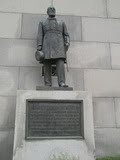 Image: Admiral Porter Monument
Image: Admiral Porter Monument
Vicksburg National Military Park
Porter was a talented fighter and a colorful personality, who earned respect and friendship from the likes of Lincoln, Grant, and Sherman, but drew the ire of political generals like Butler, Banks, and McClernand. His unique tactics and techniques rank among the most imaginative and successful in naval history. He was a potent mix of energy, ambition, courage, and creativity with rash behavior, paranoia, and a taste for intrigue.
Historian Craig Symonds wrote:
Porter was something of a free spirit in the navy, a confident, even brash individual who was not averse to self-promotion. Porter was talented and energetic, but he was also self-promoting, boastful, and casual with the truth.
SOURCES
David Dixon Porter
Admiral David Dixon Porter
Wikipedia: David Dixon Porter
David Dixon Porter (1813-1891)
Admiral Porter’s Ironclad Hoax
Rear Admiral David Dixon Porter
Admiral David Dixon Porter, USN
David Dixon Porter, Admiral United States Navy
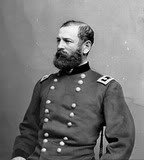
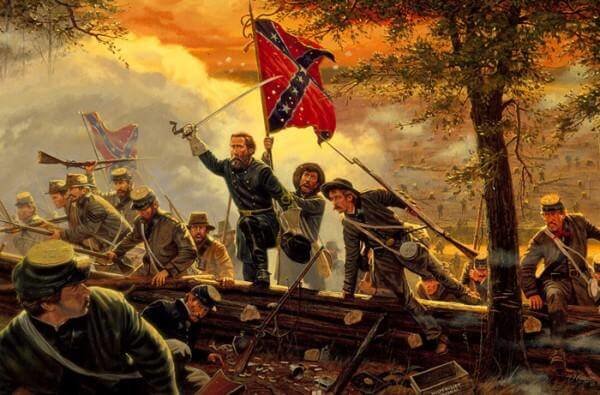
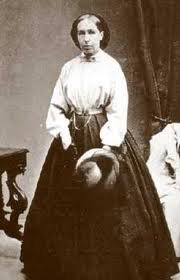
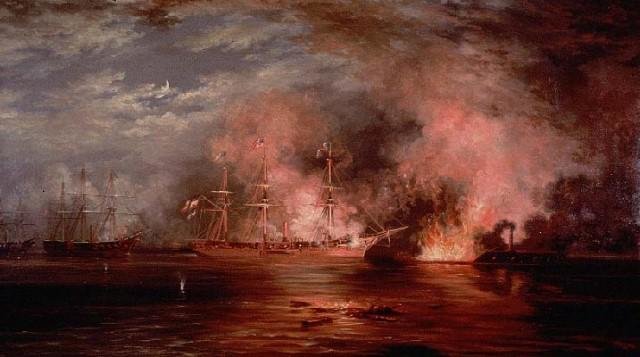
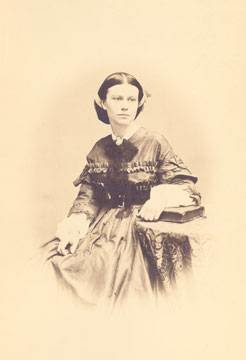
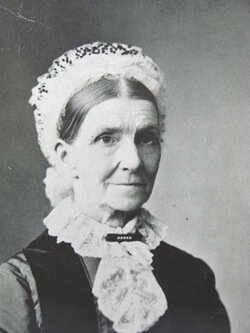
I’m a direct descendent.